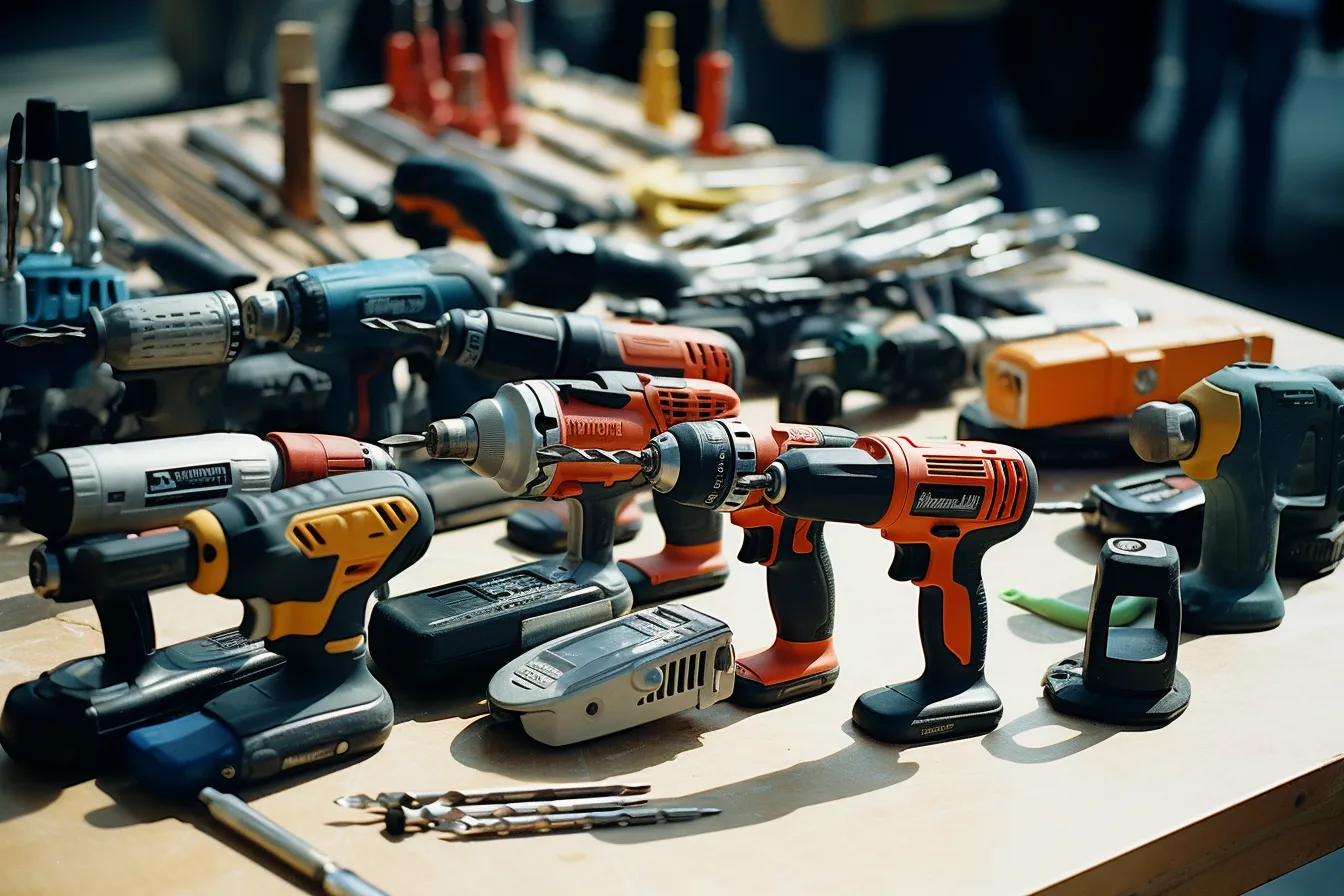Welcome to our article on the modernization of construction tools. In this piece, we will explore the evolution of construction tools and how they have transformed over time, from primitive tools to the advanced machinery used in modern construction projects. We will delve into the reasons behind this transformation, the benefits it brings to the industry, and the future direction of construction tools. So, buckle up and let us take you on a journey through time, showcasing the remarkable progress in construction tools and equipment.
The Genesis of Construction Tools
The origins of construction tools can be traced back thousands of years, when early civilizations relied on rudimentary implements to build their homes, temples, and cities. Ancient tools such as hammers, chisels, and axes were crafted from stones, bones, and wood. These primitive tools required immense physical effort and time to complete even the simplest construction tasks.
However, as civilizations progressed and techniques developed, the need for more efficient tools became apparent. Metal tools emerged, offering improved longevity and performance. Bronze, iron, and later steel tools revolutionized the construction industry, allowing for faster and more precise work.
The Industrial Revolution and Beyond
The true leap in construction tool modernization came during the Industrial Revolution. As steam power and machinery transformed various industries, construction tools were not left behind. Innovations in engineering and manufacturing made it possible to produce complex and powerful tools at a faster pace.
Steam-powered cranes, excavators, and hoists took over the construction sites, reducing the need for manual labor and boosting productivity. The adoption of concrete as a building material brought forth the invention of machines like mixers and pumps, making construction processes more efficient and cost-effective.
The Digital Age and Automation
The construction industry continues to evolve, propelled by the advancements of the digital age. With the advent of computers, sensors, and automation technology, construction tools have become more sophisticated and precise than ever before.
Safety has also been a paramount concern in recent years. Smart construction tools equipped with intelligent systems and sensors can now detect potential hazards and ensure worker safety. For example, advanced drones are used to inspect construction sites, identify structural weaknesses, and monitor progress from the sky.
Furthermore, 3D printing has gained traction in the construction field. This technology allows for the automated creation of complex structural components, significantly reducing construction time and costs.
The Benefits of Modern Construction Tools
The modernization of construction tools has brought numerous benefits to the industry. First and foremost, increased speed and efficiency result in significant time savings, allowing construction projects to be completed more quickly and within budget. This increased productivity translates to substantial cost savings for construction companies and clients.
Moreover, modern tools offer precise control and accuracy, ensuring better quality construction. This is especially crucial for large-scale projects where even minor errors can have costly consequences. The ability to perform tasks with greater precision not only improves the overall construction quality but also reduces the need for rework.
Safety is another critical aspect that has greatly improved with modernization. Advanced tools and machinery enable workers to perform tasks in a safer environment, decreasing the risk of accidents and injuries. The implementation of intelligent systems and sensors further enhances safety measures by actively monitoring potential risks.
The Future of Construction Tools
As technology continues to advance rapidly, construction tools will undoubtedly undergo further transformations. Robotics, artificial intelligence, and augmented reality are already making their way into the construction industry, promising even greater efficiency and innovation.
Robotic construction workers capable of performing repetitive tasks with precision and accuracy are on the horizon. Drones and autonomous vehicles will revolutionize material transportation and site inspection, while virtual and augmented reality will enhance design visualization and collaboration.
The future of construction tools is exciting, with endless possibilities for further streamlining and improving every aspect of the construction process.
In conclusion, the modernization of construction tools has ushered in a new era of efficiency, quality, and safety in the construction industry. From humble stone tools to sophisticated machinery, the progress made in construction tools has undoubtedly propelled the industry forward. As technology continues to evolve, construction tools will play an increasingly pivotal role in shaping the construction landscape of tomorrow.
